Red light therapy masks are no longer just influencer clickbait or spa gimmicks—they’re being studied in clinical trials, used by dermatologists, and showing up in the routines of some of the most dialed-in biohackers.
But more than not, they’re showing up all over my Instagram feed. While I’m not new to red light therapy (I do own a small Joovv red light panel that I use mostly for circadian/hormone heath) I’ve been intrigued about whether a mask is actually worth the money. I’m a 33-year-old toddler boy mom, 20 weeks pregnant with #2, botox-free and want to find *something* that will help me look a little less… tired. But do these red light masks actually work for someone like me?
I wanted to cut through the social noise and get down to the hard science. And many of you want to know the same: what does a red light therapy mask actually do, and more importantly, are they worth the hype, the money, and the commitment?
This is your no-fluff, research-backed breakdown. Below I’ll cover the exact wavelengths that matter, why EMF emissions aren’t just wellness paranoia, how to use your device for real results (not just selfies), and yes—which red light therapy mask is best based on actual science, not affiliate commissions.
Whether you’re here for anti-aging, acne, glow, or collagen, this is the article to read before you impulsively click “Add to Cart.
What Do Red Light Therapy Masks Do?
Red light therapy (RLT), also known as photobiomodulation, uses low-level wavelengths of red and near-infrared (NIR) light to stimulate cellular energy production. The light targets mitochondria—your cell’s energy generators—increasing ATP (adenosine triphosphate), the fuel your cells need to repair, regenerate, and thrive – including your skin cells. More ATP = better collagen production, less inflammation, smoother texture, and visibly improved skin.
Clinically Supported Benefits:
- Boosts collagen and elastin production
- Reduces fine lines, wrinkles, and sagging
- Enhances skin tone, texture, and firmness
- Accelerates healing (post-acne, scars, microneedling)
- Decreases inflammation and redness
- Increases skin hydration and radiance
What the Expert Researchers Are Saying
The science behind red light therapy is robust, thanks to decades of work by pioneers in the field.
Dr. Michael R. Hamblin (Harvard Medical School)
- Study: Mechanisms of Low-Level Light Therapy
- Finding: Red and NIR light increase ATP production, reduce inflammation, and improve collagen regeneration via cytochrome c oxidase.
Dr. Praveen Arany (University at Buffalo)
- Study: Activation of latent TGF-β1 by LLLT
- Finding: Light activates growth factor TGF-β1, crucial for wound healing and dermal remodeling.
Dr. Glen Jeffery (University College London)
- Study: 670nm light improves mitochondrial function in aging cells
- Finding: Red light restores mitochondrial performance, particularly in aging retinal cells.
Dr. Janis Eells (University of Wisconsin-Milwaukee)
- Study: PBM and retinal rescue
- Finding: NIR light can reverse mitochondrial dysfunction and aid degenerative conditions.
Dr. Andrew Huberman (Stanford University)
- Podcast: Huberman Lab, Ep. 96
- Insight: Red/NIR light is one of the most effective non-invasive tools for improving mitochondrial health, if used with the right wavelength and dose.
What to Look for in a Red Light Therapy Mask
Like any other tech-wellness device out there, not all red light masks are created equally. If you want to invest in a product that will *actually* produce the results that you’re looking for, here’s a breakdown of what you need to look for in a mask:
Proper Wavelength
Wavelength is the distance between light waves, measured in nanometers (nm).Different wavelengths penetrate the skin to different depths and trigger different cellular responses.
The sweet spots:
- 630–660 nm (Red Light): Targets the epidermis and upper dermis. Known for stimulating collagen and improving surface-level concerns like wrinkles and tone.
- 810–850 nm (Near-Infrared Light): Penetrates deeper into the dermis and subcutaneous tissues. Supports inflammation reduction, circulation, and deeper healing.
If a device doesn’t list specific wavelengths, that’s a red flag. Don’t settle for vague terms like “red light” or gimmicky rainbow LEDs.
Irradiance
Irradiance is the power of the light output per square centimeter, measured in milliwatts per centimeter squared (mW/cm²). Think of it as the intensity or brightness of the therapeutic light—not to be confused with brightness to your eye.
Ideal Range for skin: 30–65 mW/cm² is considered the goldilocks zone. Below 20 mW/cm² may not be powerful enough to stimulate change, while over 100 mW/cm² can be excessive or potentially irritating without proper protocol.
Power Density
Power density (also called fluence) measures the total energy delivered to the skin during a session. It’s calculated as: Irradiance × Time = Joules/cm² (J/cm²). Most mask manufacturers often don’t share the power density, although if you’re curious, you can always email them and ask. You want to aim for 4–6 J/cm² per session for meaningful skin benefits.
Ex: if your mask has an irradiance of 40 mW/cm² and you wear it for 10 minutes (600 seconds), you’ll receive 24 J/cm²—more than enough to see real results.
LED Count
While LED count might be the most marketed aspect of most devices, it’s not the most important. But that doesn’t mean it does matter. More LEDs mean more even and effective coverage. Look for 100+.
EMF Safety
Check if the brand provides EMF specs. High EMFs can be a hidden issue in cheaper, off-brand devices.
FDA Clearance
This ensures your mask meets safety and efficacy standards. If it’s not FDA-Cleared, it’s a pass.
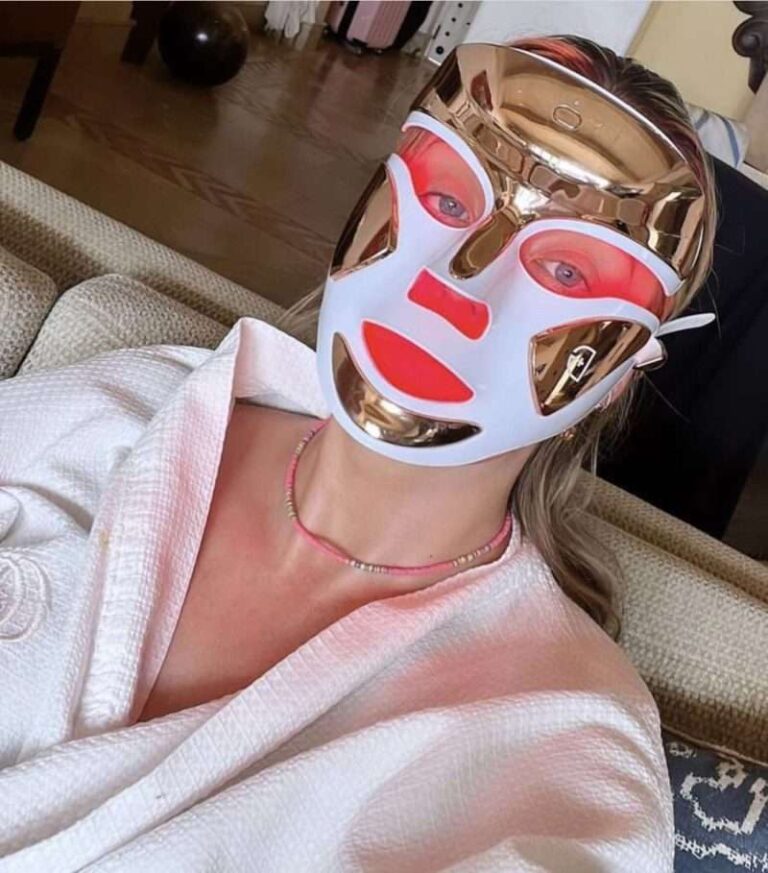
What to Be Skeptical Of
- 7-color LED masks: These tend to be underpowered across all wavelengths. More isn’t better.
- No published specs: If a brand won’t disclose wavelength, EMF, or LED count—walk away.
- “Instant results” promises: The mechanism of action is cellular—it takes time.
How to Use a Red Light Therapy Mask (and Set Realistic Expectations)
If you’re serious about results, consistency is everything. Most masks are designed to be used for 10–20 minutes, 3–5 times per week. Use it on clean, dry skin before applying any skincare or serums.
- Prep: Clean skin, no makeup or SPF.
- Use: 10–20 min, 3–5x/week. Stay consistent.
- Post: Apply nourishing serums.
Timeline of Results
- Weeks 1–4: Improved hydration, subtle glow
- Weeks 4–8: Reduction in redness and early improvement in texture
- Weeks 8–12: Measurable reduction in fine lines and firmness
- Months 3–6: Deeper collagen remodeling
This is not a one-and-done solution. Red light therapy works through cellular stimulation—not surface-level tricks—so regular use is key.
Supplements + Topicals That Enhance Results
You can amplify results with the right skincare and supplementation:
Topical Vitamin C
Vitamin C is a potent antioxidant that works synergistically with red light to stimulate collagen and reduce oxidative stress.
How to use: Apply a stable vitamin C serum (like L-ascorbic acid, 10–20%) in the morning after cleansing—use before red light if tolerated, or immediately after if your skin is sensitive.
Copper Peptides
Copper peptides support fibroblast activity and help remodel skin for a firmer, smoother texture.
How to use: Apply a peptide serum after your red light session. Best layered on clean skin post-treatment, especially at night. Tip: don’t use with ascorbic acid as they can work against each other.
CoQ10
Coenzyme Q10 enhances mitochondrial efficiency—making it a perfect internal support for RLT’s cellular effects.
How to use: Take 100–200 mg of CoQ10 daily with a fat-containing meal. Topical CoQ10 creams can also be used post-RLT for added antioxidant support.
Astaxanthin
Astaxanthin helps protect skin from oxidative stress and photoaging.
How to use: Take 4–6 mg of astaxanthin daily with food. Can be stacked with omega-3s or collagen for a stronger anti-inflammatory combo.
Collagen Peptides
Collagen provides the amino acids your body needs to build new skin matrix—especially after RLT triggers collagen synthesis.
How to use: Take 10–20g of high-quality hydrolyzed collagen peptides daily (ideally with vitamin C to aid absorption). Can be added to coffee, smoothies, or water.
So… What Is the Best Red Light Therapy Mask?
Here’s how the top 5 stack up based on real data—not just the social media hype:
The Winner: Currentbody LED Light Therapy Face Mask: Series 2
Specs:
- Wavelengths: 633nm (red), 830nm (NIR), 1072nm (deep NIR)
- Irradiance: ~30 mW/cm²
- Energy Delivered: ~18 J/cm² in 10 minutes
- LED Count: 236
- EMF: Low/near-zero (verified by third-party testing)Session Time: 10 minutes, 3–5x/week
Why we love it:
Flexible, clinically validated, and actually comfortable to wear—plus it’s backed by Dior and real peer-reviewed studies. It hits all the right wavelengths without overdoing it, and unlike most, it actually covers the whole face. This is the one we keep reaching for (and not just for the aesthetic).
Runner-up: Omnilux Contour Mask
Specs:
- Wavelengths: 633nm (red) and 830nm (near-infrared)
- Irradiance: ~30 mW/cm²
- LED Count: 132 medical-grade LEDs (66 bulbs, each with dual wavelengths)
- Energy Delivered: Approximately 18 J/cm² per 10-minute session
- EMF: Low/near-zero
- Certifications: FDA-cleared, CE, TGA
- Session Time: 10 minutes, 3–5 times per week
Why we love it
The Omnilux Contour Face mask combines clinical-grade technology with user-friendly design. Its optimized red and near-infrared wavelengths penetrate the skin to stimulate collagen production, reduce inflammation, and improve overall skin tone. The flexible silicone construction ensures a comfortable fit, and the cordless design adds convenience to your skincare routine. With consistent use, users have reported noticeable improvements in skin firmness and radiance.
Best for the Price: Higher Dose Red Light Face Mask
Specs:
- Wavelengths: 630nm (red) and 830nm (near-infrared)
- Irradiance: ~50 mW/cm²
- LED Count: 132 LEDs (66 bulbs, each emitting dual wavelengths)
- Energy Delivered: Approximately 30 J/cm² per 10-minute session
- EMF: Low/near-zero (cordless design minimizes exposure)
- Session Time: 10 or 20 minutes, 3–5 times per week
Why we love it:
The HigherDOSE Red Light Face Mask stands out for its high irradiance and user-friendly design. Its flexible, medical-grade silicone construction ensures a comfortable fit, while the cordless feature allows for mobility during treatments. With consistent use, users have reported improvements in skin texture, reduced fine lines, and an overall radiant complexion.
Most Time Efficient: DRx SpectraLite™ FaceWare Pro
Specs:
- Wavelengths: Red (633nm), Blue (415nm), Amber (605nm)
- Irradiance: ~11.6 mW/cm²
- Energy Delivered: ~2 J/cm² per 3-minute session
- LED Count: 162 total (100 red, 62 blue)
- Treatment Time: 3 minutes per session
- EMF: Low/near-zero
- Certifications: FDA-cleared.
Why we love it:
The DRx SpectraLite FaceWare Pro offers a quick and efficient treatment, requiring only 3 minutes per session. Its combination of red, blue, and amber light addresses multiple skin concerns, including fine lines, wrinkles, and acne. The device is FDA-cleared and features a comfortable, hands-free design, making it a convenient addition to any skincare routine.
Highest # LEDs: Therabody TheraFace Mask
Specs:
- Wavelengths: Red (633nm), Near-Infrared (830nm), Blue (415nm)
- Irradiance: Red: ~73 mW/cm², NIR: ~55–73 mW/cm², Blue: ~64 mW/cm²
- Energy Delivered: ~12–16 J/cm² over full 9-minute cycle (based on cumulative irradiance across zones)
- LED Count: 648 medical-grade LEDs
- Vibration Therapy: 17 QX-Micro motors with Continuous, Breathing, and Wave modes
- Session Time: 9 minutes total (3 minutes per light mode)
- EMF: Low/near-zero
- Certifications: FDA-cleared
Why we love it:
The Therabody TheraFace Mask is a multitasker’s dream—high irradiance, high coverage, and a powerful 648 LEDs that deliver full-face light therapy in under 10 minutes. The added vibration therapy is a bonus for lymphatic flow and relaxation, while the 3-mode light cycle tackles fine lines, inflammation, and breakouts. It’s our top rec for anyone who wants spa-grade results without adding 20 minutes to their day.
Are there any legit ones on Amazon?
Budget-friendly red light masks offer an easy entry point, but they’re not without compromises. Many have lower irradiance, meaning you’ll need longer or more frequent sessions to see results. Coverage can be inconsistent, materials are often less durable, and few have clinical studies to back up their claims. If you’re looking to test the waters without dropping $500, there are solid options—but just know the performance won’t always stack up to the top-tier devices. Stick to our shopping guidelines to narrow down the one that fits best for your needs.
Final Verdict
If you’re serious about your skin long-term, red light therapy masks are one of the few non-invasive tools backed by both clinical data and real results. But the magic is in the protocol: proper wavelengths, consistent use, and realistic expectations. But if you’re looking for a treatment thats non-invasive, pregnancy-safe and actually effective – RTL masks are it.
- Hawkins D, Abrahamse H. Biostimulation of collagen production by low power laser in fibroblast cultures. Lasers Surg Med. 2006;38(10):940–945. PubMed PMID: 16598381
2. Lee SY, Park KH, Choi JW, et al. A prospective, randomized, placebo-controlled, double-blinded, and split-face clinical study on LED phototherapy for skin rejuvenation. Photomed Laser Surg. 2007 Oct;25(5):348–55. PubMed PMID: 17975954
3. Yin R, Hamblin MR. Photobiomodulation: A novel therapy for health and wellness. J Biophotonics. 2014 Apr;7(12):969–977. PubMed PMID: 23996267
4. Journal of Cosmetic Dermatology. Evaluation of the clinical and instrumental effectiveness of a red light LED mask. 2023. PMC10311288
5. Hamblin MR. Mechanisms of low-level light therapy. Lasers Surg Med. 2016 Apr;48(4):518–25. PubMed PMID: 26785477
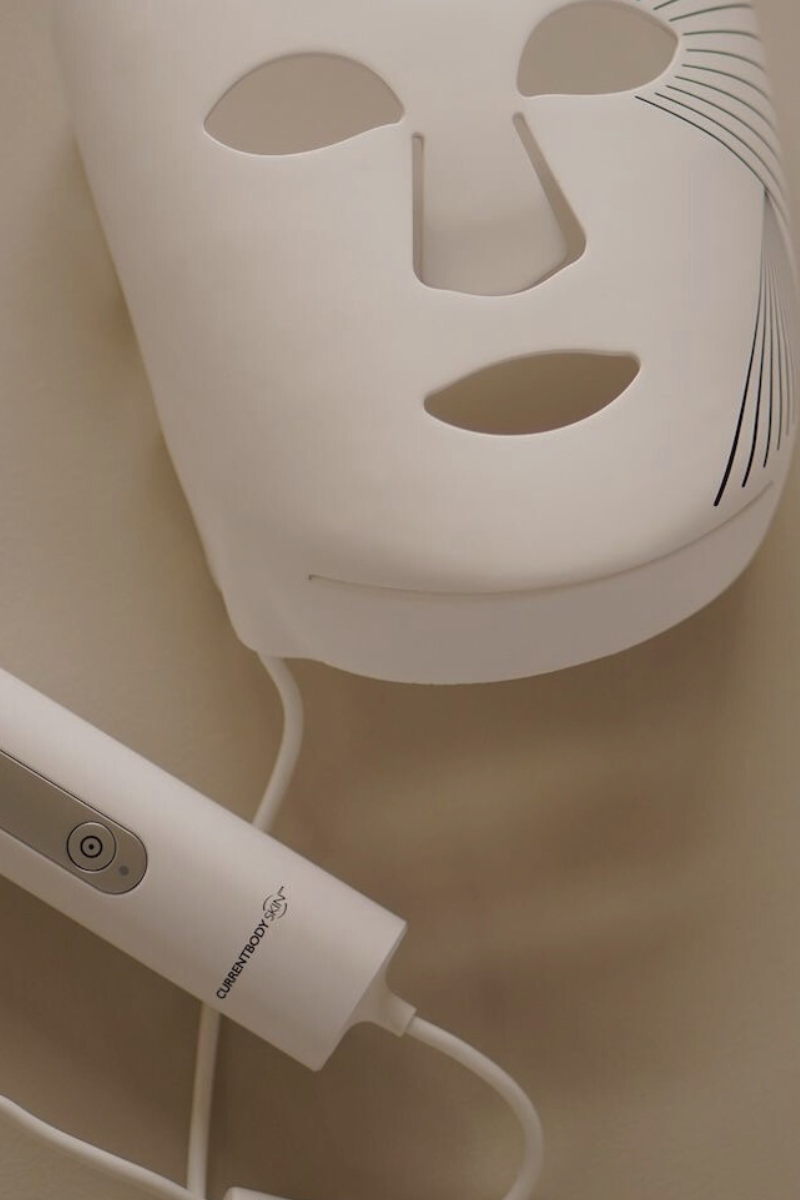

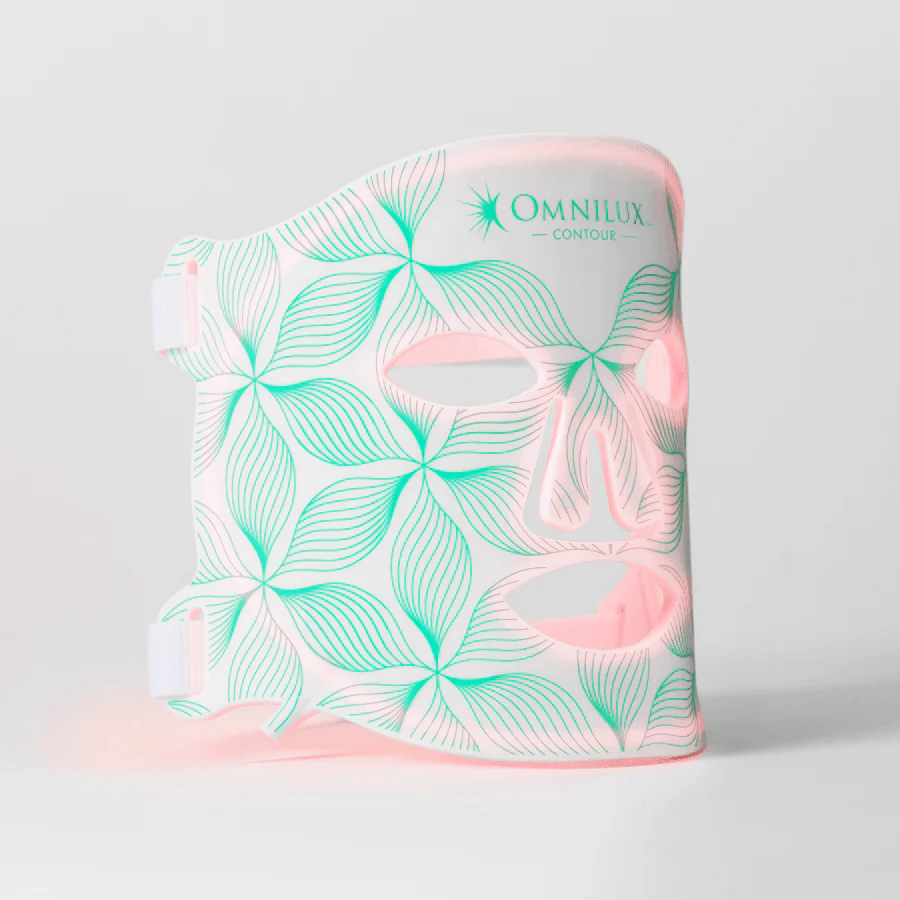
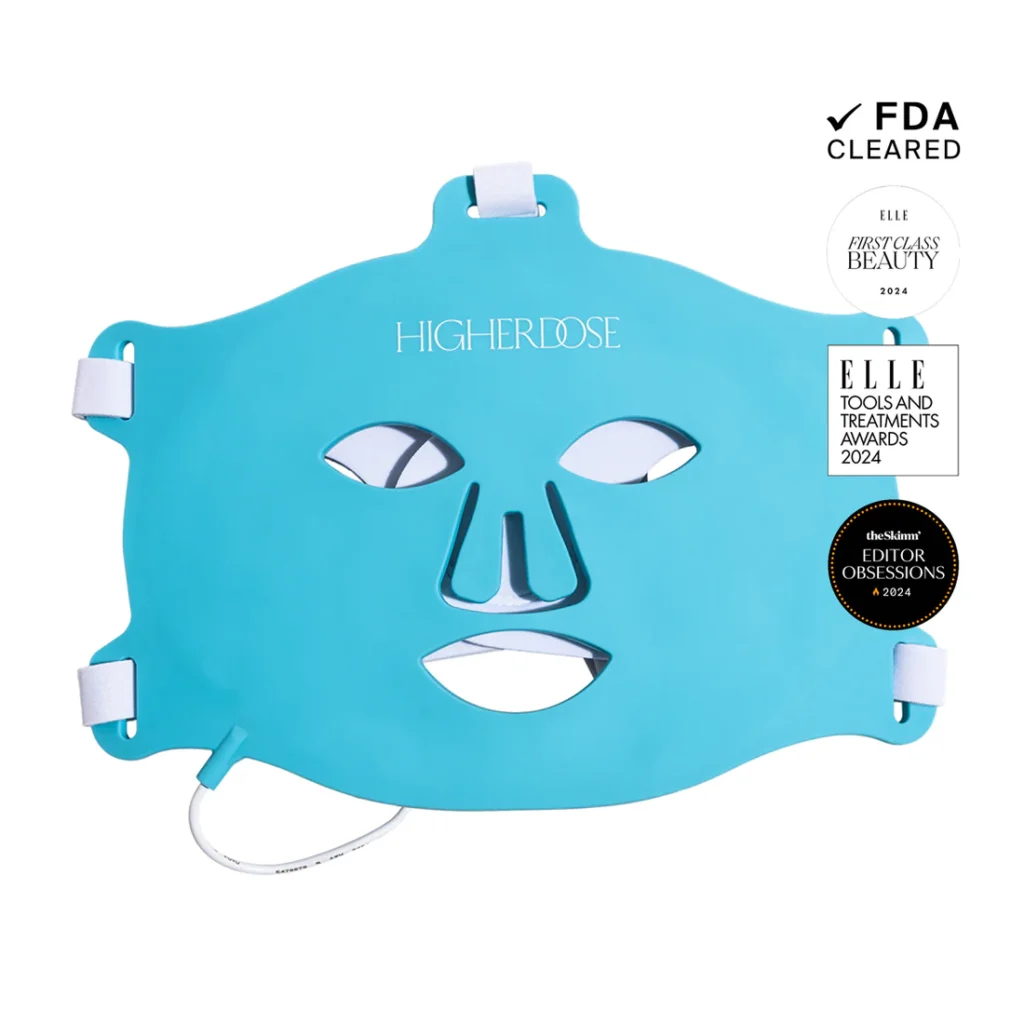
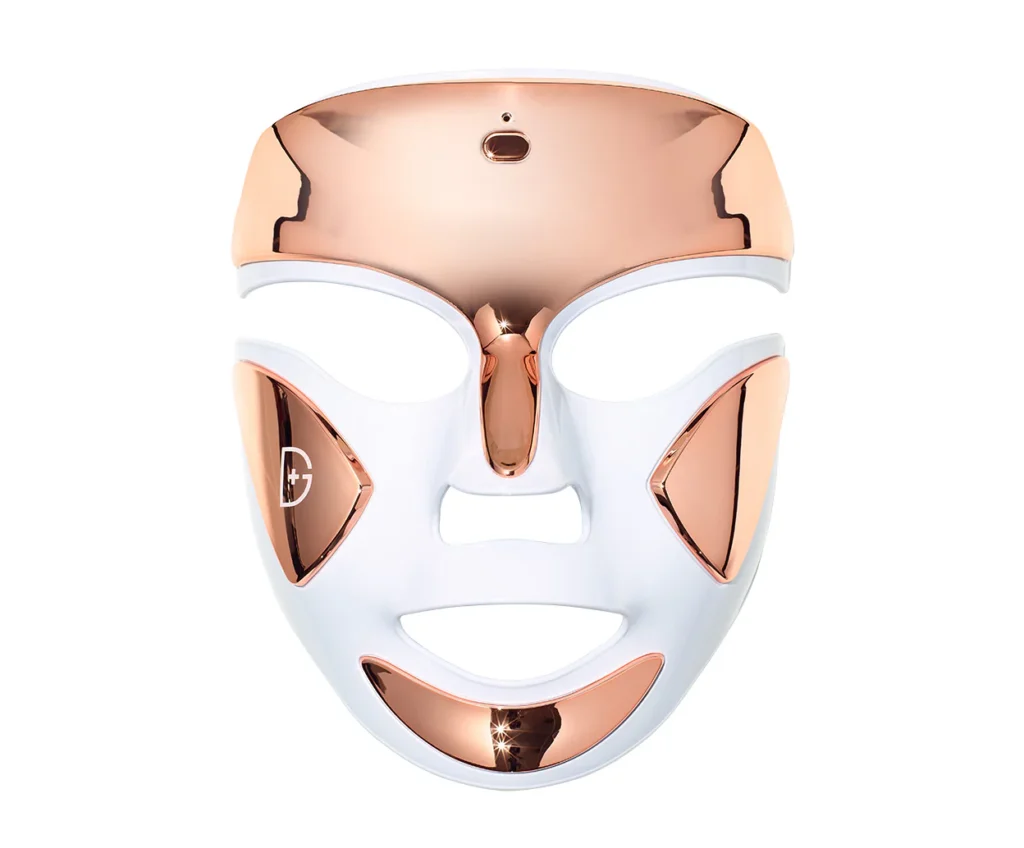
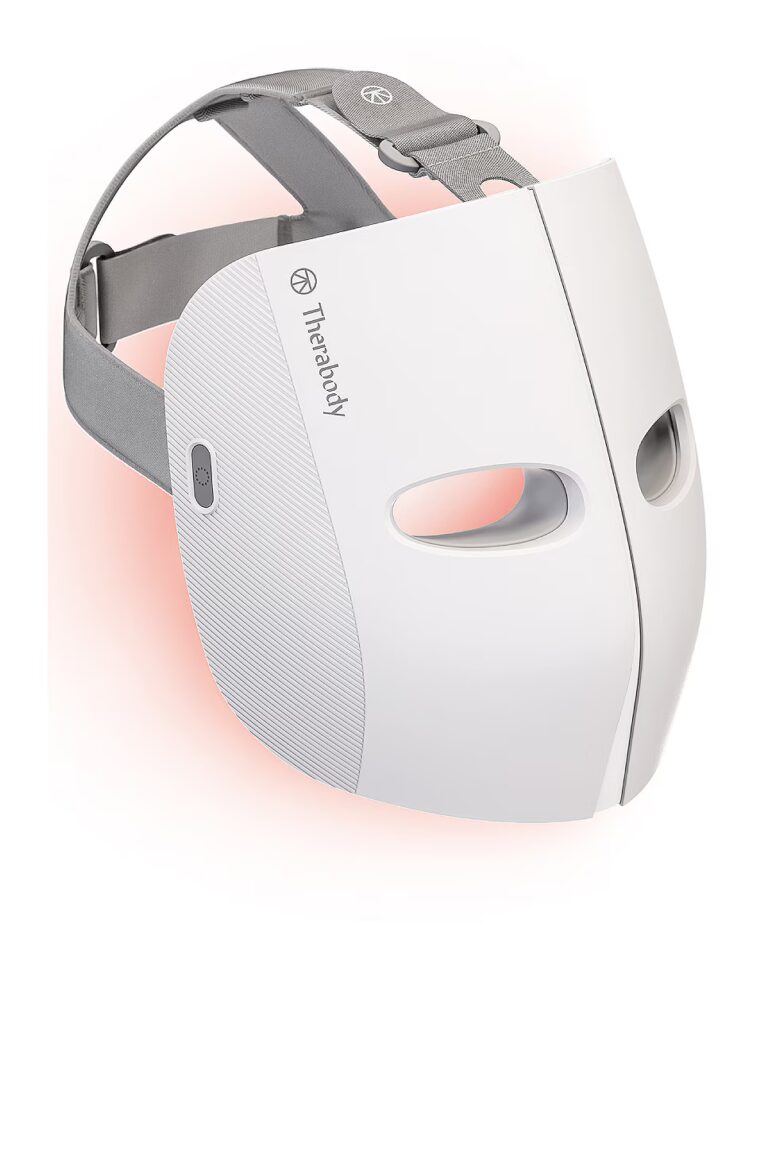

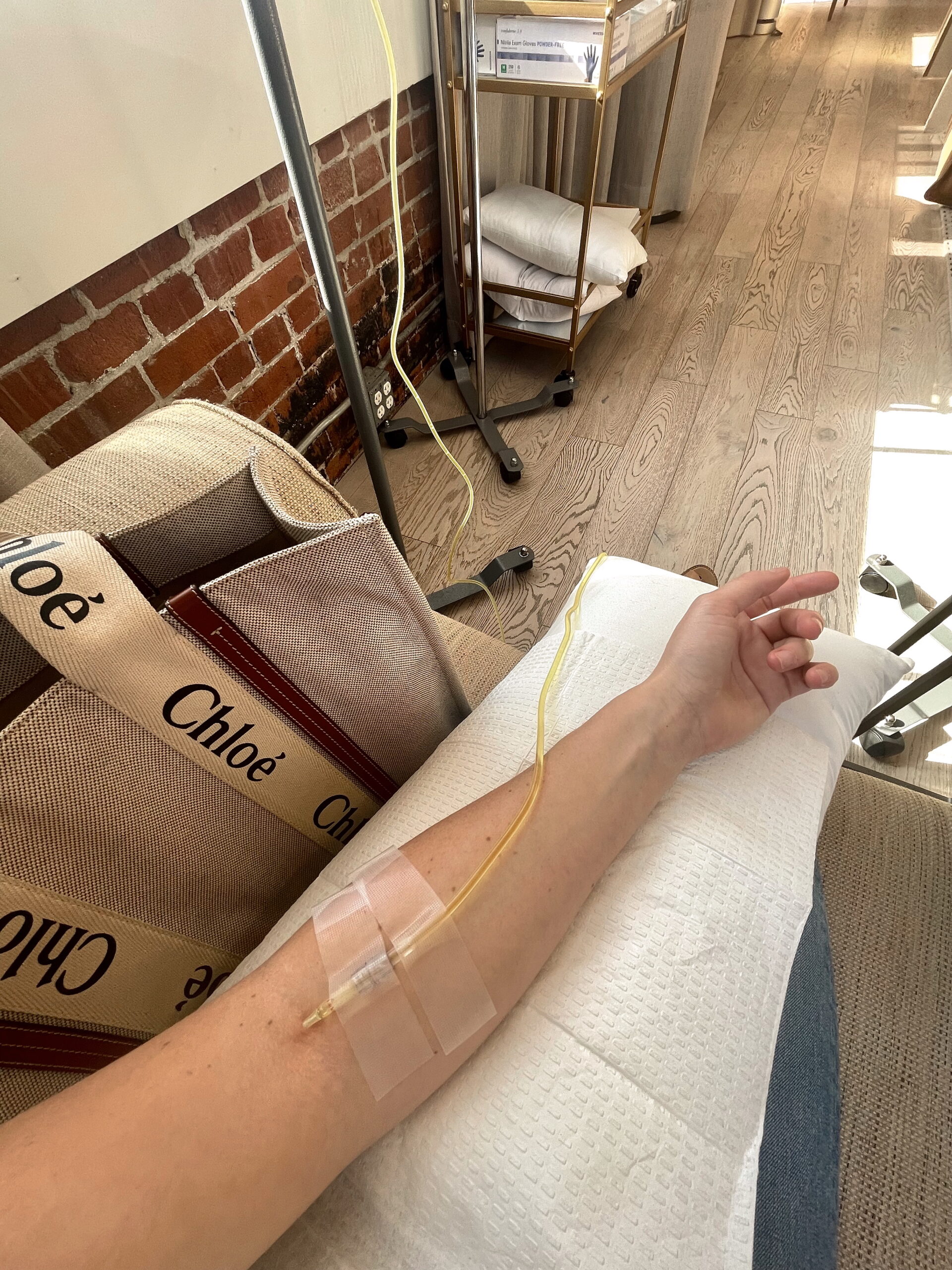

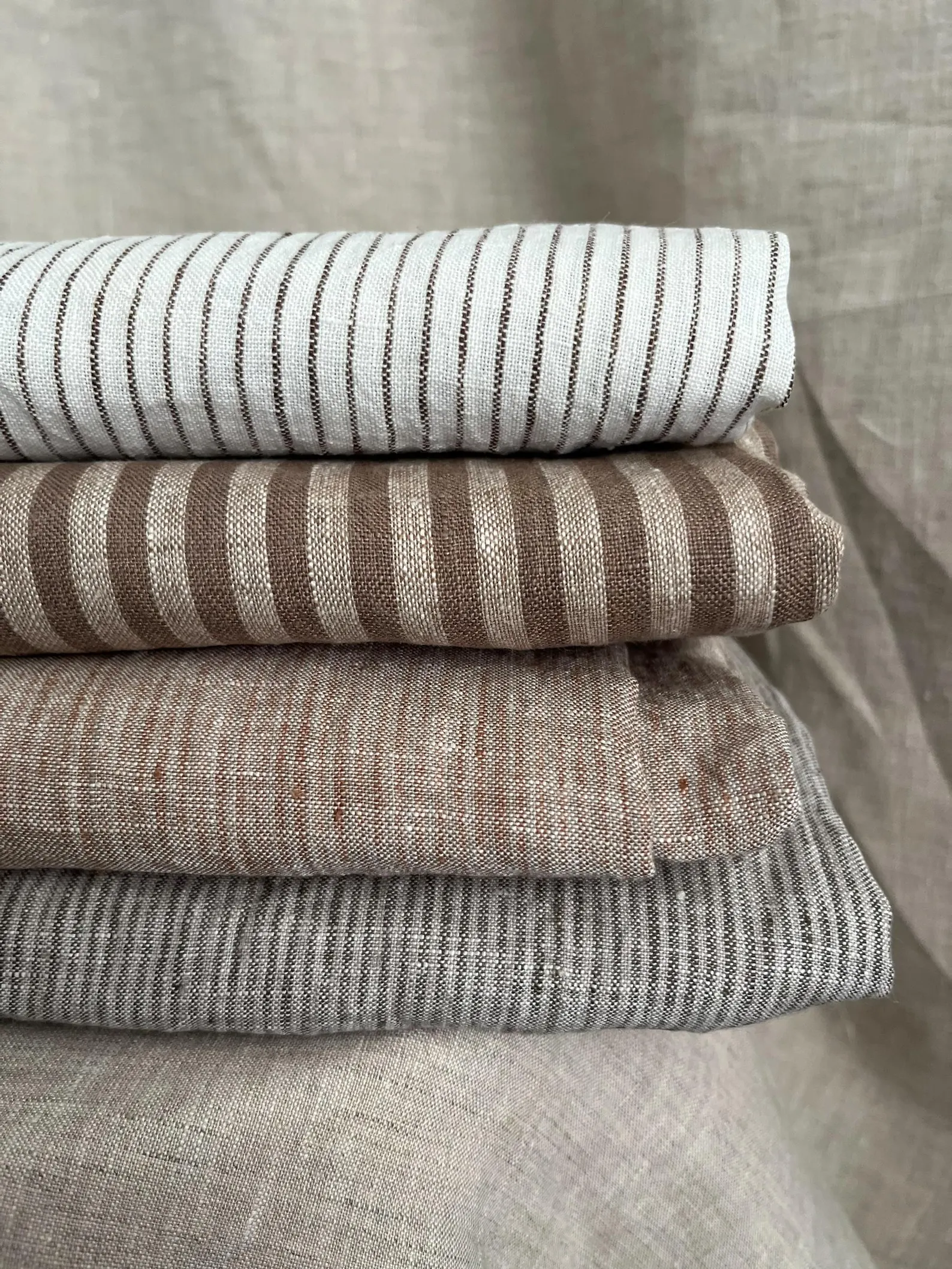
Comments +